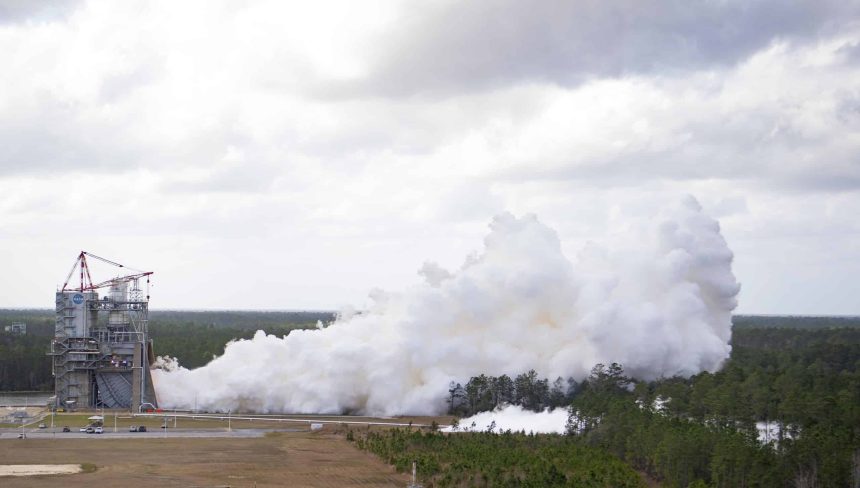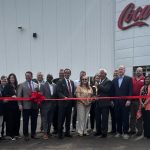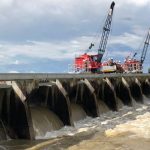Engineers at NASA’s Stennis Space Center conducted a full-duration, 500-second hot fire of an RS-25 certification engine Thursday afternoon.
The hot fire test, which was the tenth in a 12-test series, was designed to certify the production of new RS-25 engines that will be used in future flights of the Space Launch System (SLS) rocket on Artemis missions to the moon.

Operators fired the RS-25 engine up to 111 percent power level – the same level needed to help the SLS lift the Orion spacecraft and other future payloads to orbit – for over eight minutes. During the test, the four engines fired simultaneously, providing up to two million pounds of combined thrust, to help power the launch of the SLS to orbit.
Originally designed for the space shuttle, the RS-25 was selected to power the SLS rocket because of its high performance and demonstrated reliability over more than a million seconds of ground test and flight time.
“The RS-25 remains one of the most efficient, powerful, tested, and flight-proven first stage engines in the world,” Johnny Heflin, SLS liquid engines manager, explained. “When we made the decision to restart engine production, our main goal for the transition from the space shuttle to SLS was to make it at least 30% more affordable while increasing operational thrust from 109% to 111%. We needed to re-engineer the RS-25 for Artemis missions while retaining the basic design and performance.”
At this time, every RS-25 engine that helps power SLS has been tested at the Stennis Space Center in Bay St. Louis, with two more tests remaining until the engines are ready for the Artemis missions.
RS-25 tests at the site are conducted by a combined team of NASA, Aerojet Rocketdyne, and Syncom Space Services operators.
“This certification test series is the culmination of years of hard work by hundreds of people across Aerojet Rocketdyne, NASA, and our suppliers,” Doug Bradley, RS-25 program director at Aerojet Rocketdyne, added. “This certification program has had teams across the nation restart production lines, inaugurate new suppliers, and prove out new manufacturing techniques that reduce both the cost and cycle time for manufacturing each engine.”







